Michael Perna, a treasure hunter driven by history, dived into the waters off Ambersand Beach, seeking the 1715 Spanish fleet. He emerged with sediment, rich with the remnants of a bygone era, where artifacts had settled over 300 years.
Perna described the ocean’s layers as strata, a mix of limestone and marine deposits. His aim was clear: to conduct around 30 excavations a day, aspiring to reach up to 2,000 excavations during a productive summer season.
Journey of The Mighty Mo
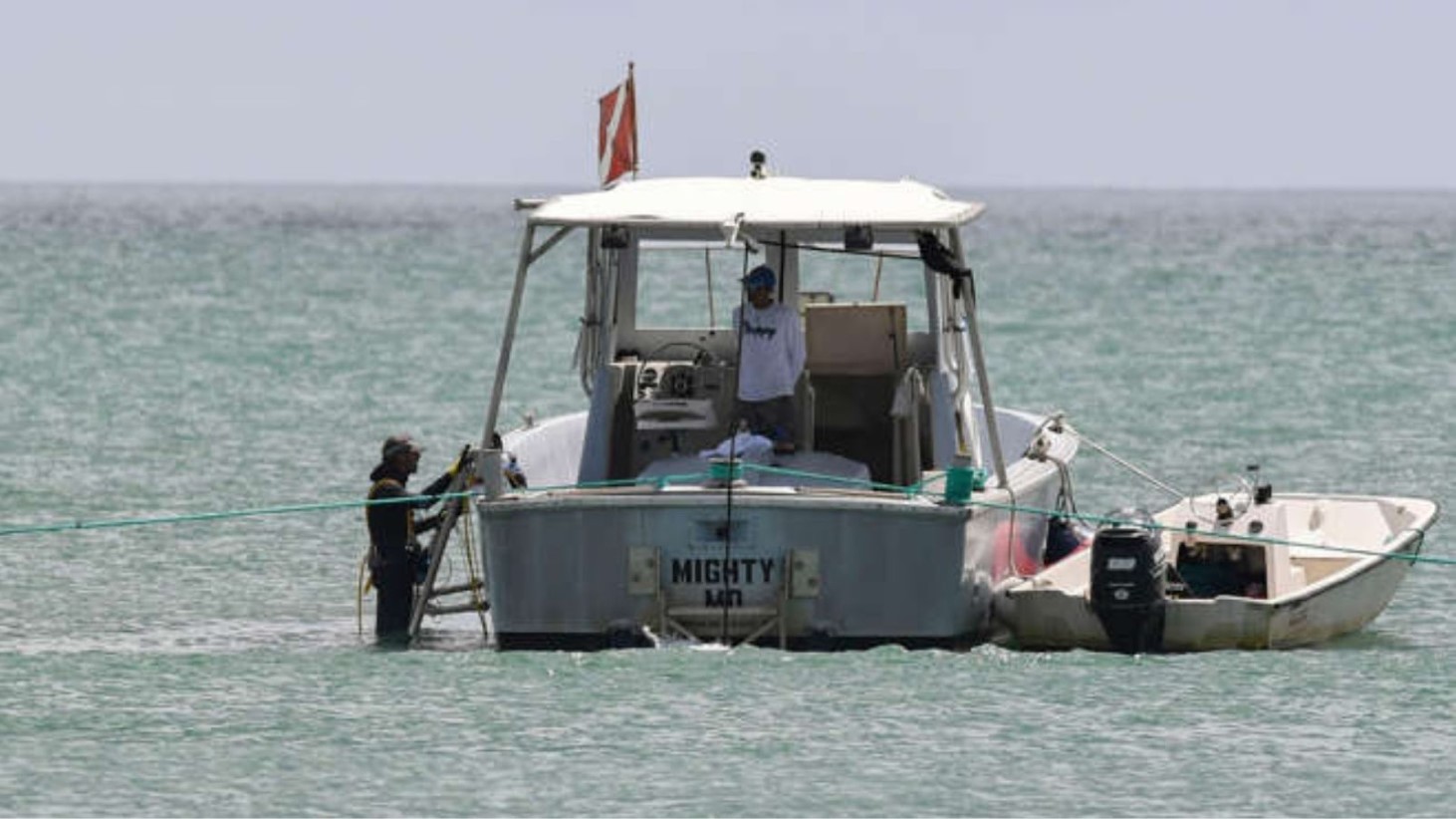
The Mighty Mo, once an ex-Navy utility launch, became a key vessel in Perna’s explorations. Renamed in honor of Perna’s mentor, Demostenes ‘Mo’ Molinar, the boat was transformed into a research vessel in 2010.
Perna, alongside his first mate, Milan ‘Choppy’ Kalelkar, navigated this ship just off the shoreline, turning it into a central hub for their underwater research and excavation efforts.
The Gold Doubloon Discovery
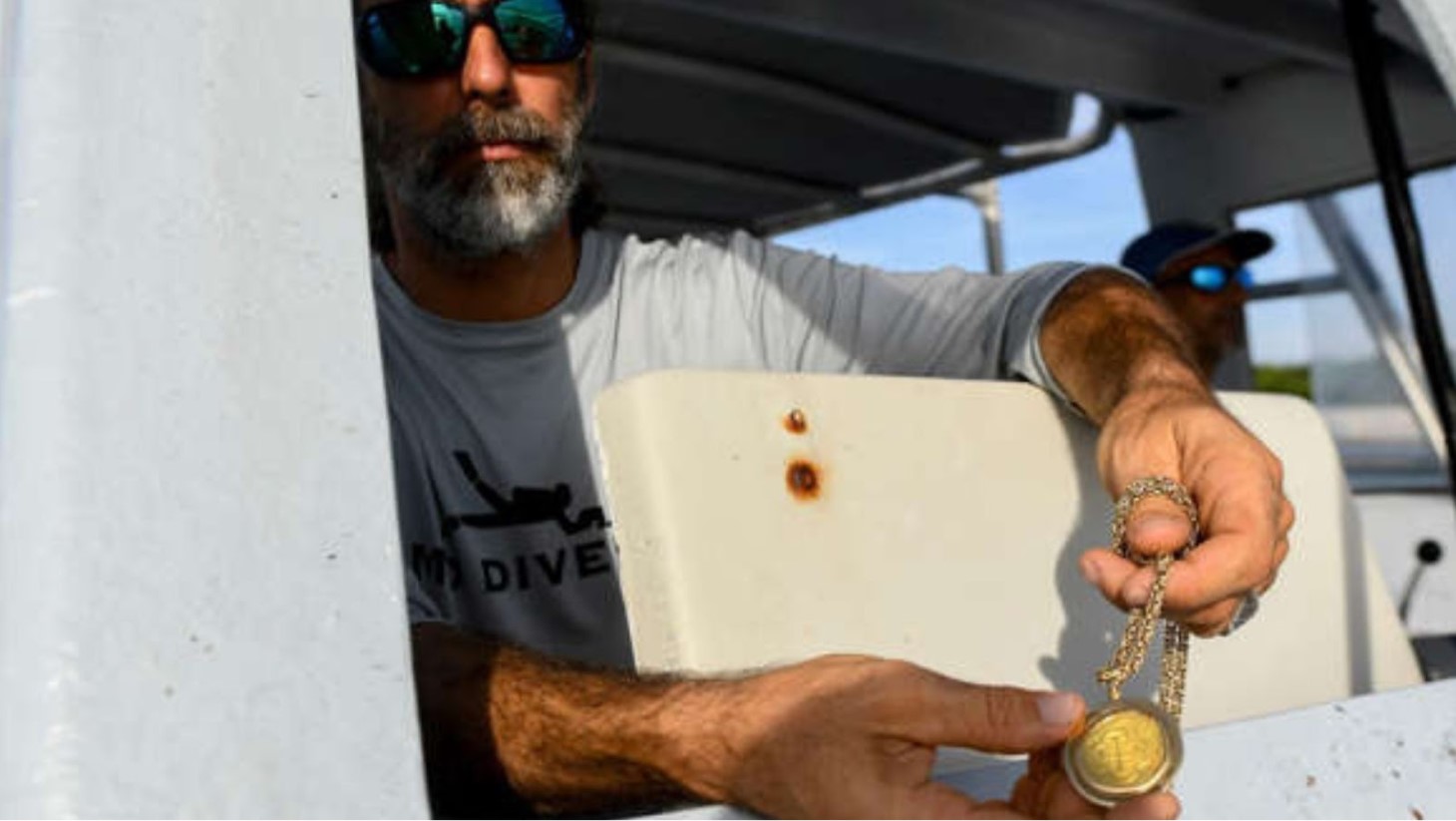
Michael Perna, a seasoned shipwreck salvor, discovered a gold doubloon, which is an old gold coin of Spain and Spanish America off Treasure Shores Beach Park.
This significant find exemplified the challenging nature of their quest, highlighting the rarity and value of such underwater treasures. Perna emphasized the meticulous effort that had been required to locate these elusive historical artifacts.
Securing the Past: Detailed Excavation Methods
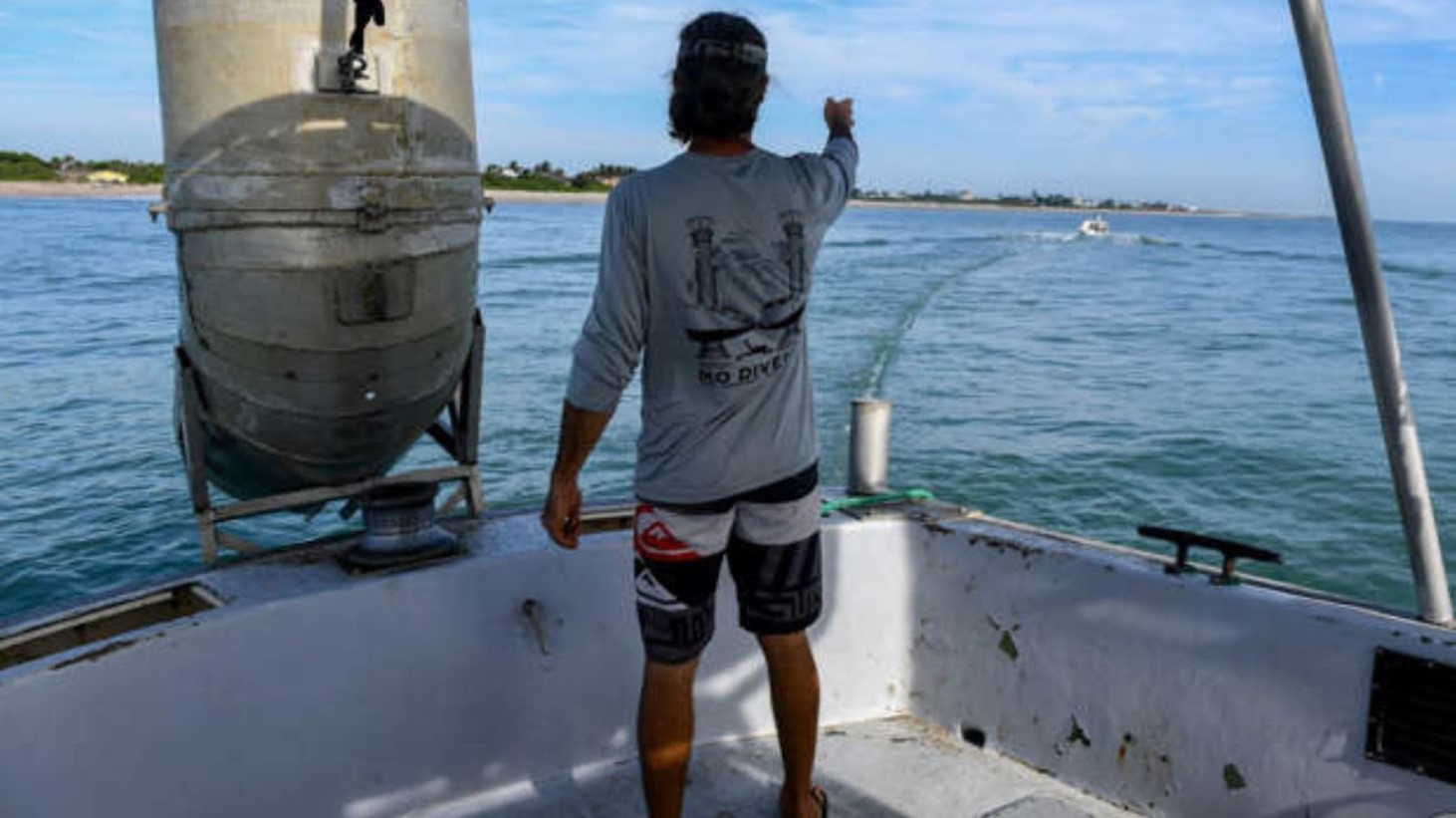
Perna and his first mate employed a precise three-point anchoring system for their underwater excavations. This methodical approach was crucial for their success in uncovering artifacts without disturbing the surrounding marine environment.
Once anchored, they lowered their equipment, methodically exploring the ocean bed to uncover its hidden secrets.
Tracking Down Sunken Relics
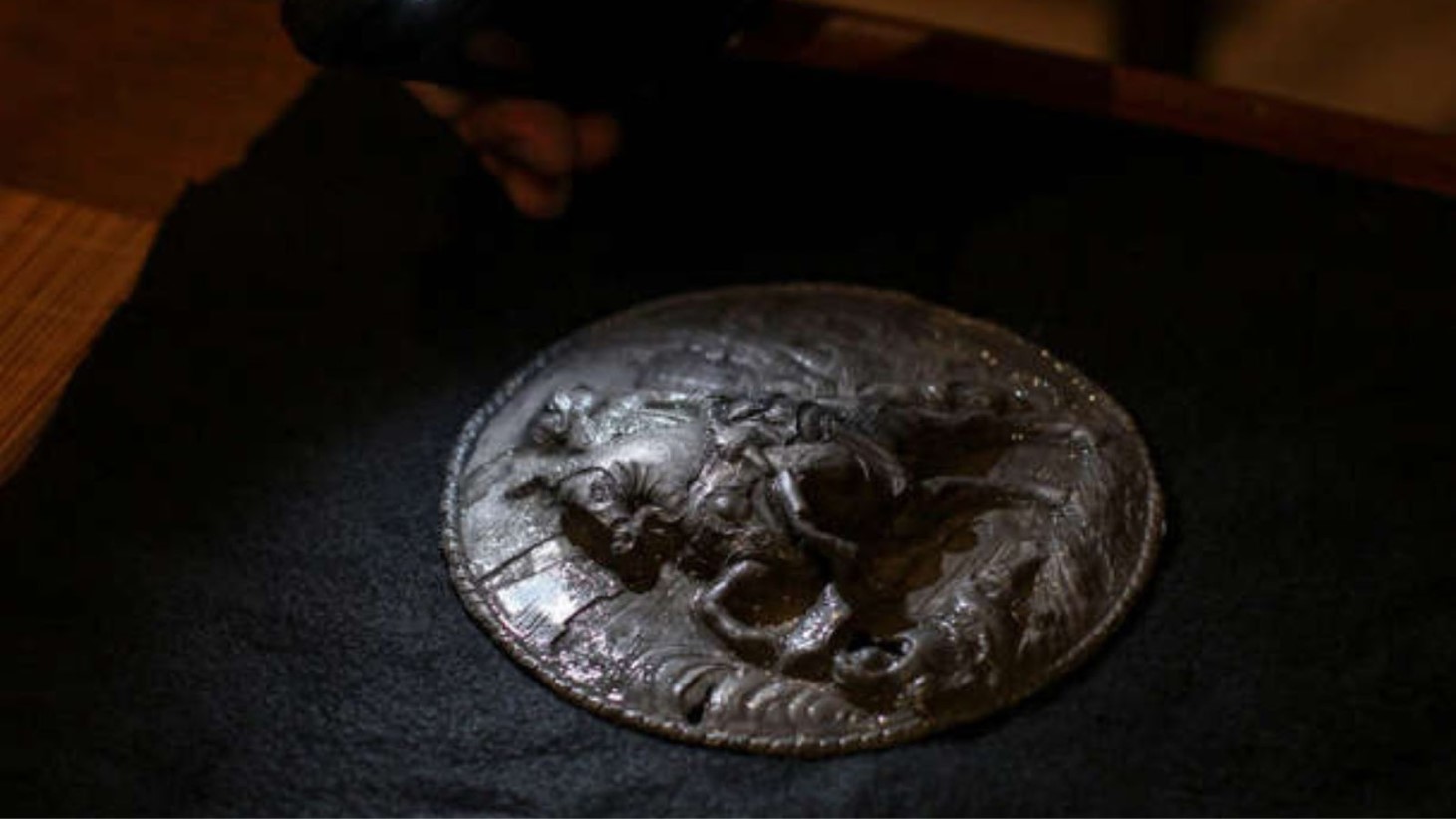
About five years earlier, Perna and Kalelkar had discovered a trail of artifacts they believed led to a wreck south of their location, near Treasure Shores Beach.
Their finds included a chest of worked silver artifacts, a candelabra set, among other treasures. Perna specifically recalled two round discs with elaborate battle scenes, showcasing the historical and artistic significance of their discoveries.
Dedication to a Maritime Mystery
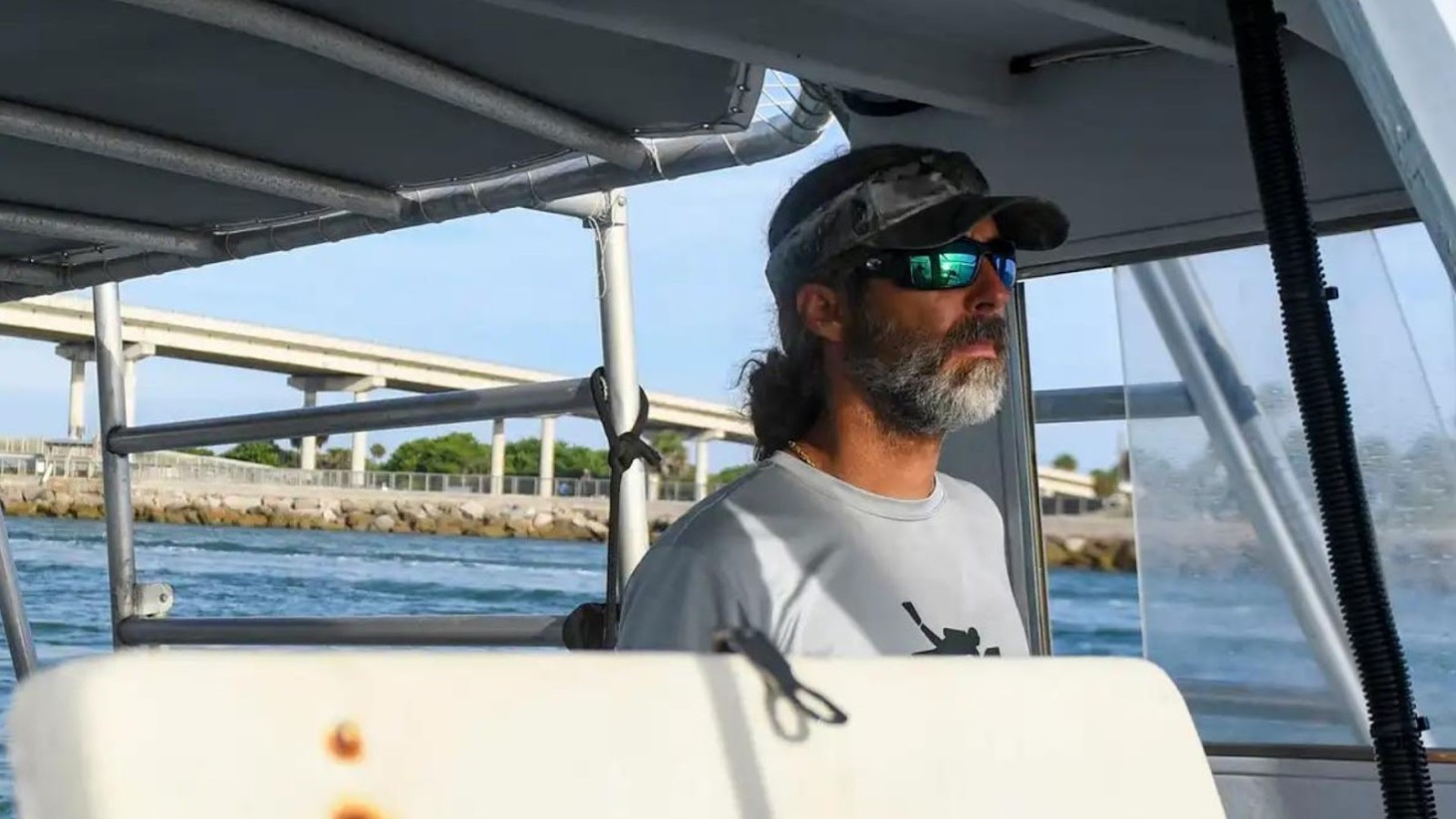
Michael Perna and ‘Choppy’ had been following a specific underwater trail for over five years, working near Sebastian Inlet.
Their dedication involved spending long hours from sunrise to sunset, immersed in the pursuit of historical artifacts.
Interpreting the Ocean’s Historical Clues
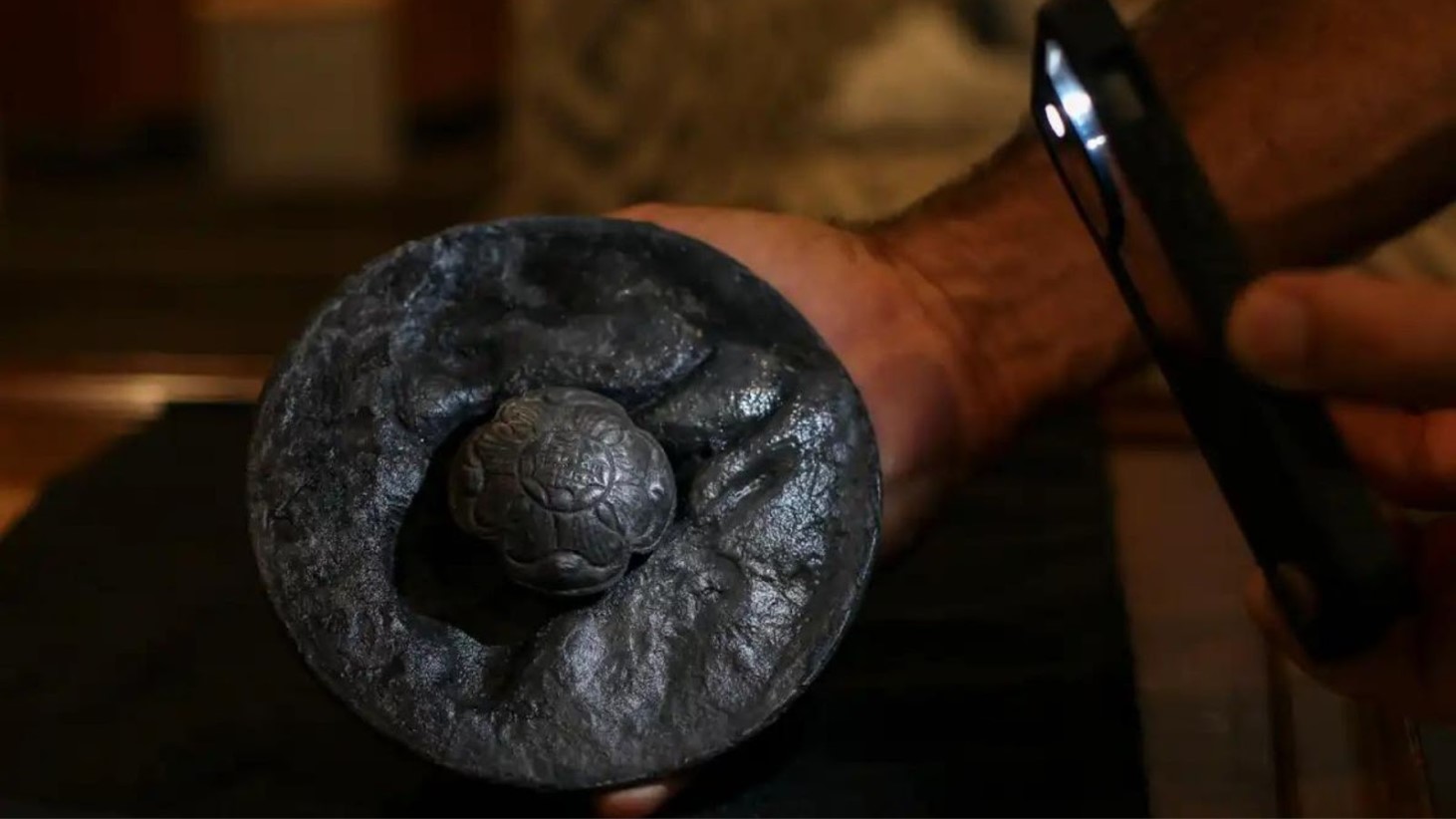
Michael Perna shared insights into the historical significance of the two round discs found, which portrayed a dramatic battle scene.
These artifacts provided a window into the past, potentially revealing insights into the cultural and historical contexts of the shipwreck they stemmed from.
Fueling the Expedition

The physical demands of treasure hunting were significant.
To sustain energy during their extensive underwater expeditions, Perna and his team relied on high-protein bone broth.
The Challenges of Seeking Sunken Treasures
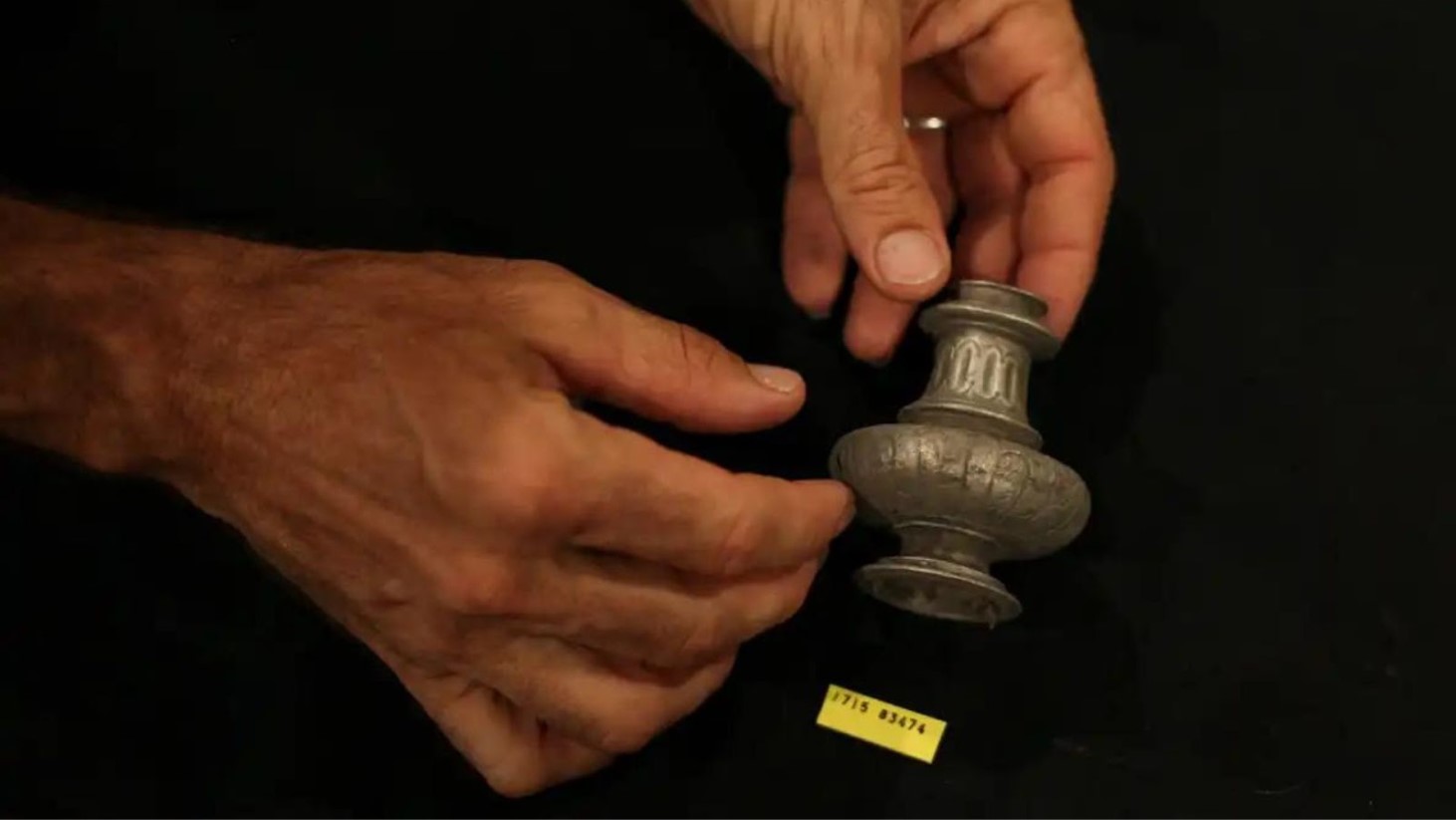
Perna acknowledged the immense challenge and labor involved in finding underwater treasures.
The task demanded high levels of diligence, persistence, and sometimes, a touch of ‘craziness’ to continue amidst the vast and unpredictable ocean.
A View from the Beach
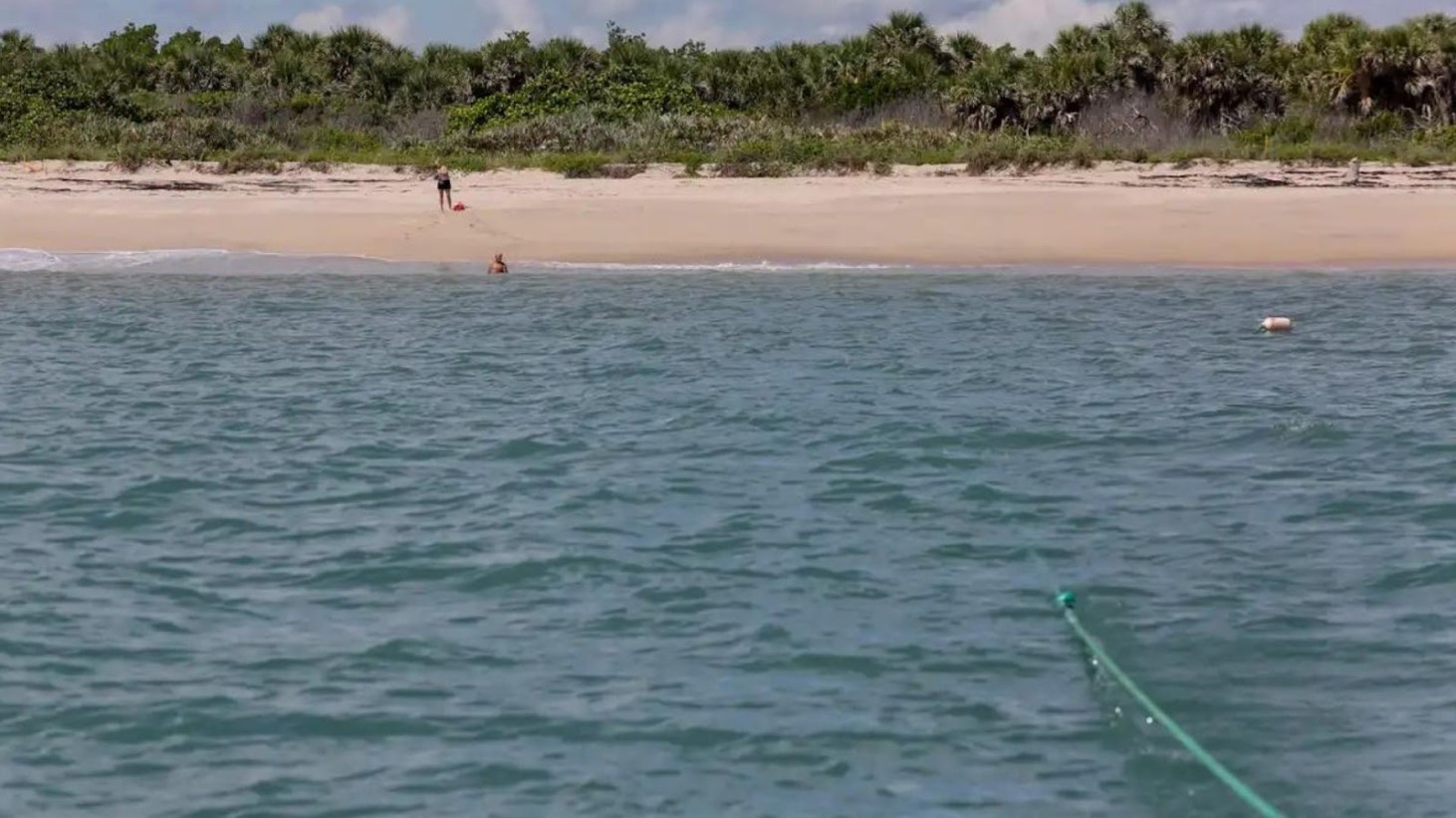
From Amber Sands beach, beachgoers watched The Mighty Mo anchored nearby.
This scene juxtaposed the leisure activities on the beach with the intense, focused efforts of Perna and his team just a few hundred yards offshore.
Facing Nature’s Challenges at Sea

Milan ‘Choppy’ Kalelkar was seen retrieving anchors near Amber Sands beach as they prepared for an approaching summer storm.
Their work was constantly challenged not only by the nature of treasure hunting but also by the unpredictable weather patterns, often forcing them to work within tight timeframes dictated by the sea conditions.
Innovating Archaeological Methods
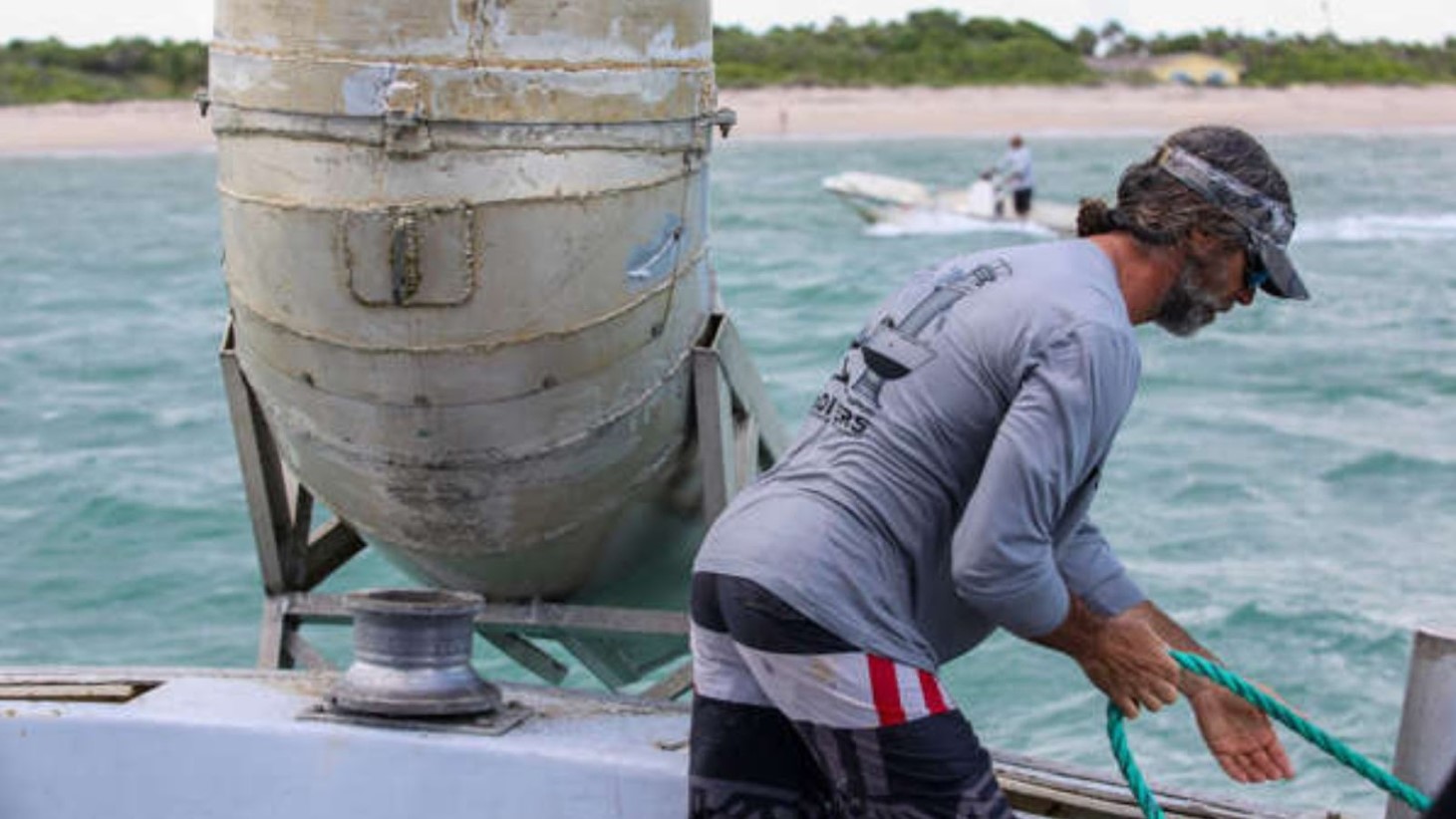
Michael Perna utilized a technique pioneered by Mel Fisher in the 1960s, employing mailbox blowers to gently remove sediment without disturbing artifacts.
This method reflected the evolution and innovation in maritime archaeology. Their approach blended respect for historical preservation with modern technology, uncovering and protecting the artifacts resting on the ocean floor.
